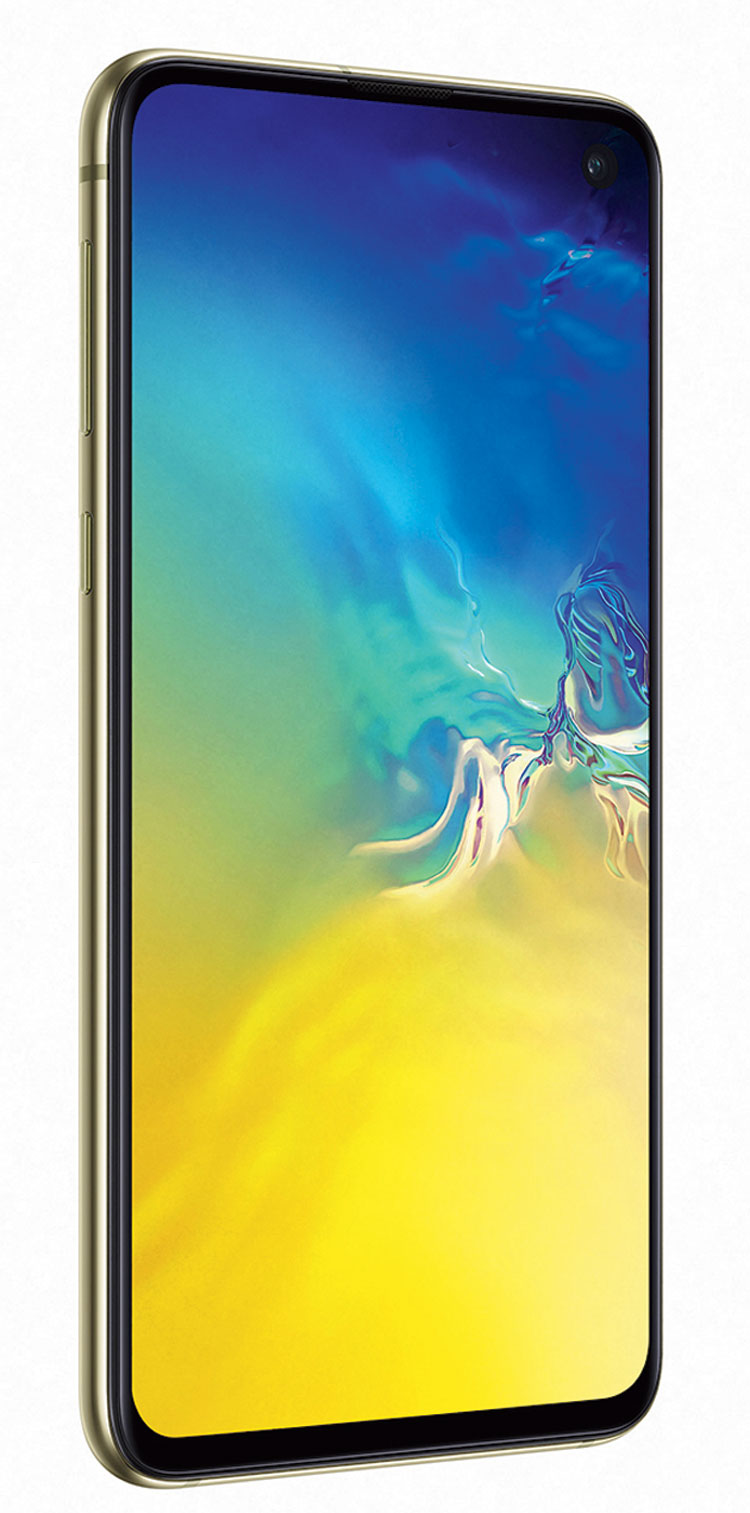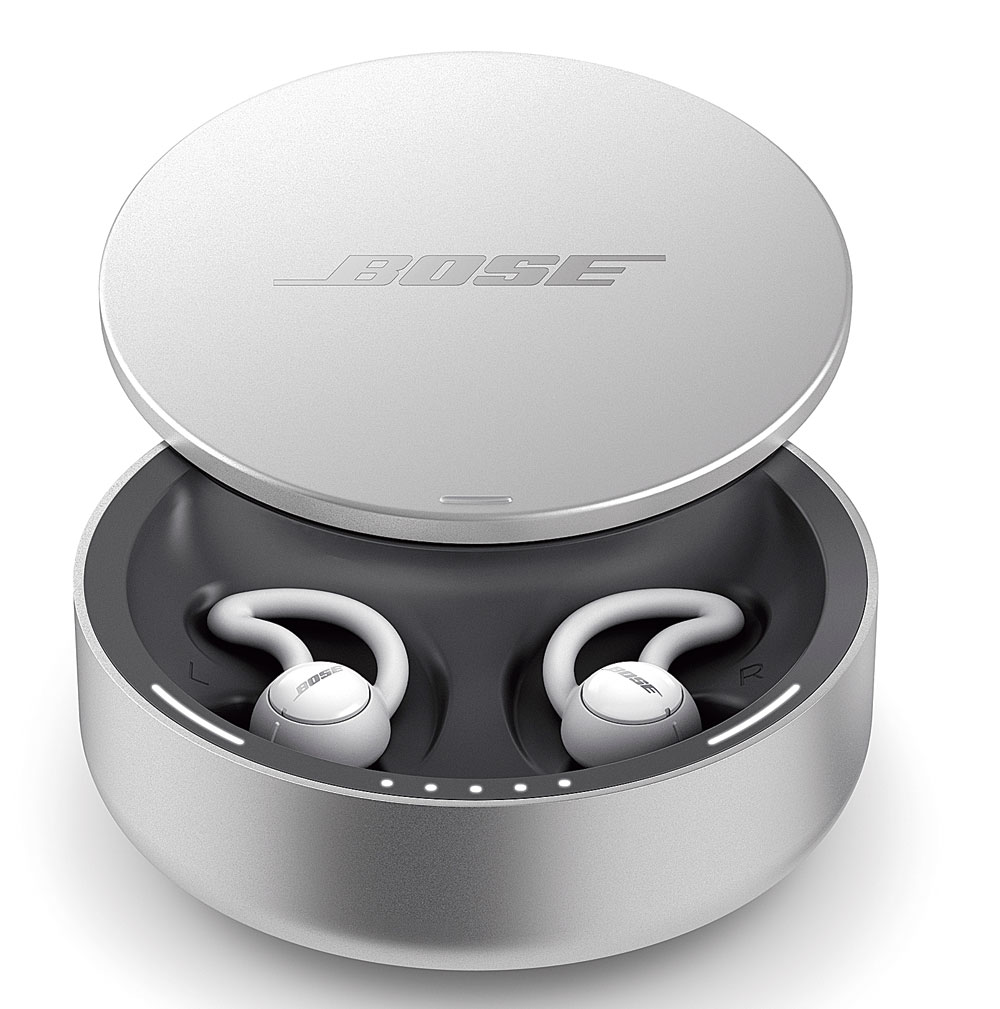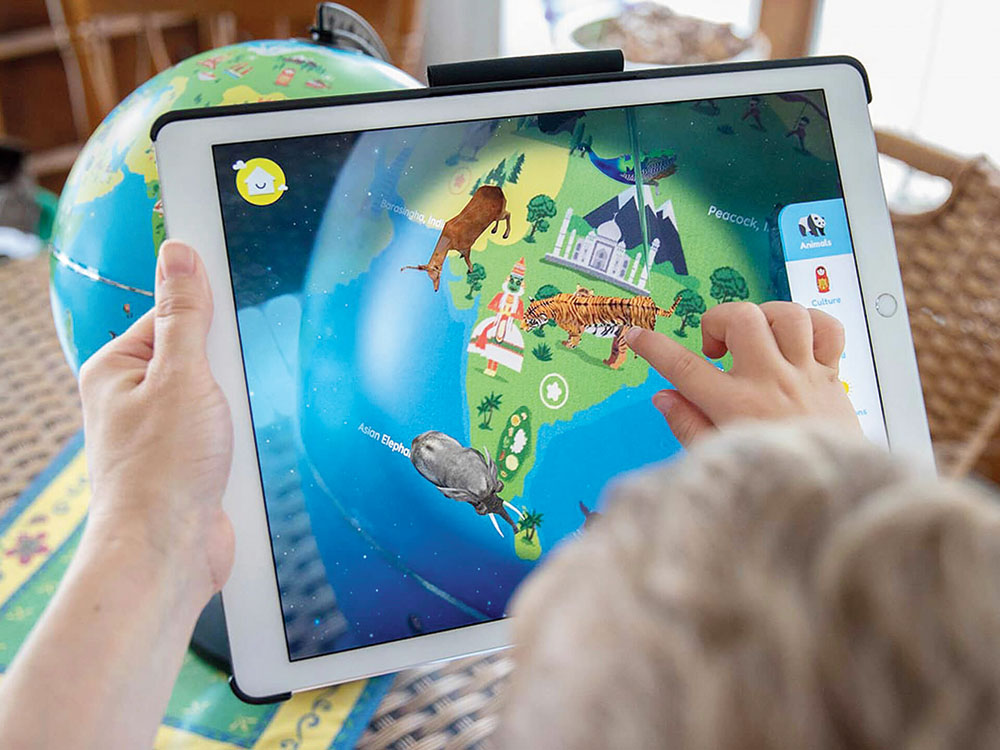Amazon Echo Show
Price: Rs 22,999 onwards
Adding a screen, even to a voice-first Alexa speaker, makes a lot of sense, adding a visual element to complement the conversational interface. The Echo Show offers a tantalising taste of the future of smart displays, driving home the benefits of a hands-free visual Alexa assistant, even if it’s priced solely for the early adopters.
It looks like a digital photo frame, but behind the facade of the large 10.1-inch 720p display, you get the tapering frame which encases the two 2inch speakers and passive bass radiator. On the screen, you can work with a whole bunch of Alexa Skills optimised for the screen, like booking a cab or catching up on the latest news. As with the Echo Plus, there’s a smart home hub built in, which allows you to connect to and control smart bulbs, switches and other gear from Philips, Xiaomi and Syska (among others) that uses the Zigbee wireless protocol. The more adventurous can even set up routines to perform a bunch of actions with one phrase.
Of course, you can watch Amazon Prime Video on this device, but other video streaming services will require you to launch the Amazon Silk or Mozilla Firefox web browsers. In every single interaction, the screen helps visualise the connect between the voice command and the outcome, crucial to see if the AI got your query and the intent correct.
The screen isn’t the sharpest and a full HD resolution screen would have been a better choice given the Show’s size and price. While the sound quality is among the best for smart displays, with good sound stage and separation and an all-round clean audio signature, just don’t push it to the higher volume levels.

The Alienware M15 Source: Alienware
Alienware M15
Price: Rs 178,399 onwards
Gaming laptops used to be the sort of devices only gamers could learn to love — they were so heavy that they could barely be considered ‘portable’ enough to lug around. Alienware’s M15 is different — the stylish, lightweight exterior packs in an ultra-smooth 144Hz display and uncompromising power — if you’re willing to pay the price.
At 2.16kgs and 0.83inches at its thickest, the M15 is one of the sleekest and most understated Alienware laptops ever, yet it retains the distinctive Alienware elements including the cooling vents and the customisable lighting across the keyboard and top lid. The sleek design doesn’t compromise on ports — 4x USB 3.0 ports, Ethernet, HDMI, Thunderbolt 3 and even an expansion port for the Alienware Graphics Amplifier. Processing power is abundantly available, with all models shipping with the 8th generation Core i7-8750 chip, and the top-end model I tested came with 16GB of memory, a 1TB SSD and Nvidia GeForce RTX 2070 Max-Q graphics. Games like Metro Exodus, which are the bane of even the latest gaming rigs, ran smoothly on the highest settings and there’s literally no room for complaint, performance-wise.
With the M15 at full tilt, the fans do get a tad noisy and the laptop does tend to get hot under stress. Battery life is at best around five hours on the 60WHr battery. The display isn't 4K, but it’s a bright, sharp display and the 144Hz refresh rate is great for competitive gaming, but the RTX 2070 just cannot leverage the 144Hz display with modern titles at the highest settings.

The Samsung Galaxy S10e Source: Samsung
Samsung Galaxy S10e
Price: Rs 55,900 onwards
The Samsung Galaxy S10e may be the smallest among the new S10 flagships, but it’s by no means a pushover, making no serious compromises to achieve its compact form factor. Samsung may well have a sleeper hit on its hands.
It may not be compact as compared to phones from three-four years ago, but it certainly is, compared to today’s flagships. Samsung has nailed the sweet spot, size-wise, and the S10e sits really well in the hand and in the pocket. It’s light, yet feels solid and reassuring, and the lack of the curved edge display gives it better grip than its siblings. The fingerprint scanner is merged with the power button on the right side, and unlike the slower ultrasonic in-display type on the pricier S10 models, the scanner works without a hitch every single time. Bonus: you don’t need to consciously look where you’re placing your finger!
The smaller size and lowered asking price doesn’t mean Samsung has compromised on internals, and you get the same Exynos 9820 octa-core chip with 6GB of RAM and 128GB of storage running Samsung’s One UI 1.1, just like the other S10s, so performance is expectedly top notch. The 5.8-inch full HD+ AMOLED display is still pin-sharp, even though it sports a lower resolution than its siblings, but there’s HDR10+ certification for true-to-life colour reproduction.
Battery life may concern some, since the 3100mAh battery barely lasts a full day of heavy use. Also worth noting is the lack of the telephoto camera, so you get only the main 12MP dual-aperture sensor and the 16MP ultra-wide angle shooter. These are the same as those found on the other two S10s, so you get the same detailed, well-exposed images but of late, Huawei and Google have pipped Samsung to the post in the imaging department, so there’s ample scope for improvement there.

Bose sleepbuds Source: Bose
Bose sleepbuds
Price: Rs 22,900 onwards
They look like normal Bluetooth earbuds, but the Bose sleepbuds are designed specifically keeping your sleep in mind, by masking external ambient noise and replacing it with soothing sounds to ensure you fall asleep… and stay asleep!
Made with the now characteristic Bose craftsmanship, the buds are well put together and offer a premium finish, as does the brushed aluminum charging case which allows for 15 hours of use. At 1.4g, they’re super lightweight and sit comfortably in the ear and stay put even if you toss and turn at night. Unlike normal earbuds made to pipe in music from streaming apps, these only work with the companion Bose Sleep app. The app plays back a variety of soothing sounds, to mask out the existing noise and to promote relaxation, both of which work rather effectively. For the few days I used the buds while sleeping, I distinctly recall waking up feeling distinctly more refreshed than normal.
Set it up to play for 30 minutes or all night long, and you can even have it wake you up with a general alarm clock so you don’t disturb the spouse sleeping on the same bed.
Can you put a price on a good night’s sleep? Maybe not, but the not-insignificant price may keep some awake at night! Sleep tracking capability would have been a nice plus.

The Shifu Orboot Source: Shifu
Shifu Orboot
Price: Rs 1,999
Google Maps may have made the globes many of us grew up with passe, but the Shifu Orboot is here to give the educational toy a fresh lease of life. The Orboot is an augmented reality-enabled globe that works with a companion iOS/Android app to make the globe, quite literally, come to life. A fun learning tool, good for folks with growing kids.
Install the app on a phone/tablet, point it at the 10-inch globe and select the layer — animals, cultures, inventions, monuments or cuisines — and you will start seeing camels over the Middle East or the Taj Mahal in India overlaid on the globe. Tapping each item brings up more information via images and read-aloud text. Kids can engage with the animals/birds by feeding them and take quizzes to test what they’ve learnt. Works well, keeps kids engaged for hours on end, and is priced reasonably as well.
One hopes the app keeps adding more elements and layers over time so that there is a ‘return and discover more’ value to this purchase.

The Asus ZenBook 13 Source: Asus
Asus ZenBook 13
Price: Rs 71,990 onwards
General rule of thumb when it comes to laptops: if you want a slim and light model, there’s going to be a catch in terms of performance. The ZenBook 13 from Asus doesn’t subscribe to that rule, offering premium design, a good display and unquestionable performance, without breaking the bank.
It sports the now-familiar concentric circle design that’s rather unique to the ZenBook line, but with the ultra-thin bezels and the nips and tucks all around, Asus has managed to fit in a gorgeous 13.3-inch Full HD display into a footprint that’s smaller than an A4-size sheet. The thin and light design doesn’t compromise on internals either — this laptop sports a dedicated Nvidia GeForce MX150 graphics card (with 2GB of VRAM) alongside Intel’s 8th Gen Core i5-8265U processor, 8GB RAM and a 512GB storage — impressive stuff for a laptop that weighs barely a smidgen over a kilo! Two USB ports, one USB-C and a HDMI port round out the connectivity options, and the keyboard experience is solid, if a little cramped. Asus has cleverly integrated a touch-based number pad into the touchpad, which works well. Good battery life, between seven and eight hours, if you’re not throwing excessively demanding tasks at it.
The downward-firing Harman Kardon-certified speakers pump out balanced sound with little to no distortion but they don’t get particularly loud. No fingerprint reader, relies solely on the Windows Hello-powered face unlock.
Tushar Kanwar is a tech columnist and commentator. Follow him on Twitter @2shar. Mail your tech queries to t2onsunday@abp.in










